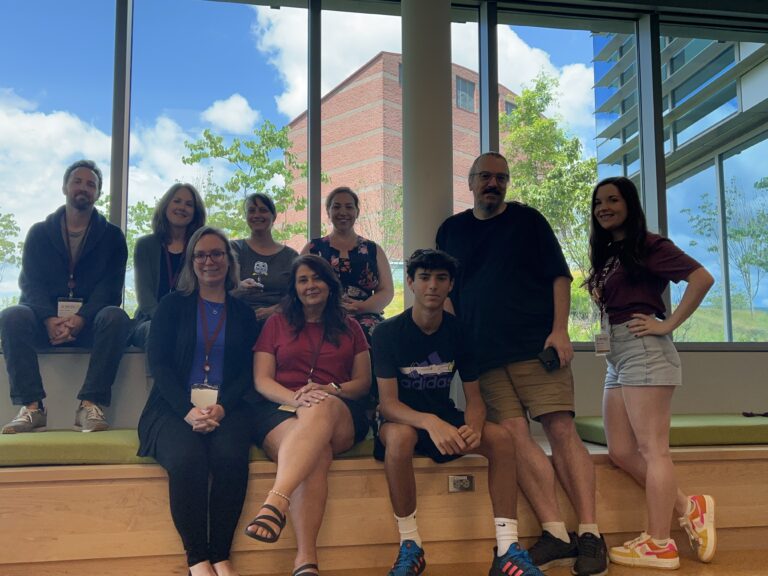Scientists have identified the best bet yet for an Earth-like planet that might harbor life.
The researchers announced their discovery Thursday of an "older, bigger cousin" to Earth. The similarities include the way it orbits its star and a likeness between that star and Earth's sun.
Called Kepler-452b, the planet is the closest yet to an Earth-sun twin system, scientists said. The planet, in a solar system that is 1,400 light years from our own, was found by NASA's powerful Kepler explorer telescope.
"This exciting result brings us one step closer to finding an Earth 2.0," said John Grunsfeld, associate administrator of NASA’s Science Mission Directorate.
At 60 percent larger than the size of Earth, the planet is smallest yet in the so-called "habitable zone" -- an area around a sun-like star where liquid water could be present on a planet. Kepler-452b, estimated at bout 6 billion years old, has a 385-day orbit around its star, just 5 percent longer than Earth's.
The planet's star has the same temperature and burns about 20 percent brighter than Earth's sun. It's also about 10 percent larger.
"We can think of Kepler-452b as an older, bigger cousin to Earth, providing an opportunity to understand and reflect upon Earth’s evolving environment," said Jon Jenkins, Kepler data analysis lead at NASA's Ames Research Center in Moffett Field, California, who led the team that discovered Kepler-452b. "It’s awe-inspiring to consider that this planet has spent 6 billion years in the habitable zone of its star; longer than Earth. That’s substantial opportunity for life to arise, should all the necessary ingredients and conditions for life exist on this planet."
U.S. & World
One unanswered question is whether the planet is rocky. It's a better than even chance, scientists said.



